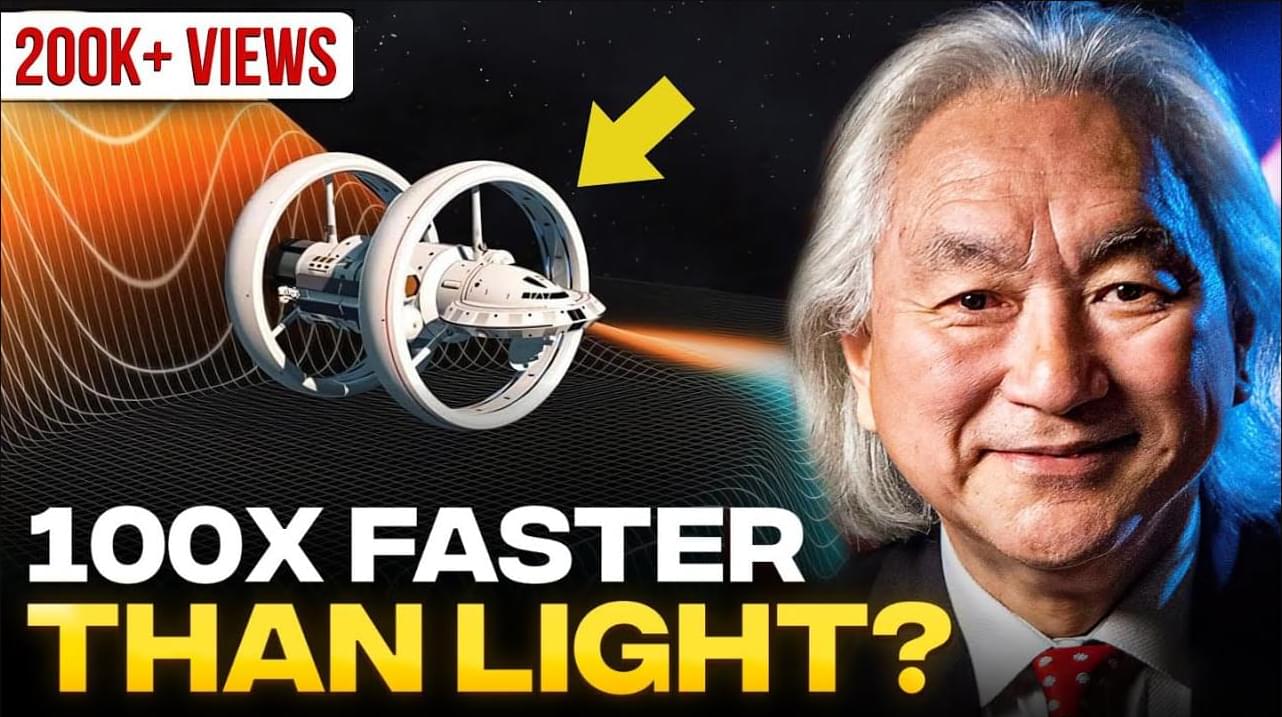The concept of traveling beyond the speed of light has been given theoretical grounding through the Alcubierre warp drive. Proposed by physicist Miguel Alcubierre in the 1990s, this warp drive involves creating a space-time bubble around a spacecraft. By contracting space in front of the spacecraft and expanding it behind, the ship can ride a wave of space-time, seemingly achieving faster-than-light travel without breaking the cosmic speed limit. In essence, it’s the space around the ship that moves, not the ship itself, allowing for rapid traversal of vast distances.
The theoretical feasibility of the Alcubierre warp drive hinges on generating an immense amount of energy, currently beyond our technological capabilities. The ship’s warp core, similar to a nuclear reactor, would utilize matter and antimatter collisions to produce the necessary energy for warping space. While this concept was initially fictional, Alcubierre proposed a solution to Einstein’s Field Equation that aligned with the principles of the Star Trek Warp Drive.
NASA has recently developed a model of Alcubierre Warp Drive. Ongoing developments and models inspired by the Alcubierre Drive suggest that interstellar travel might not be confined to science fiction in the distant future.
The Alcubierre Warp Drive presents an intriguing approach to faster-than-light travel by manipulating spacetime. Unlike traditional propulsion, this theoretical model involves compressing spacetime in front of a spacecraft and expanding it behind, creating a \.
